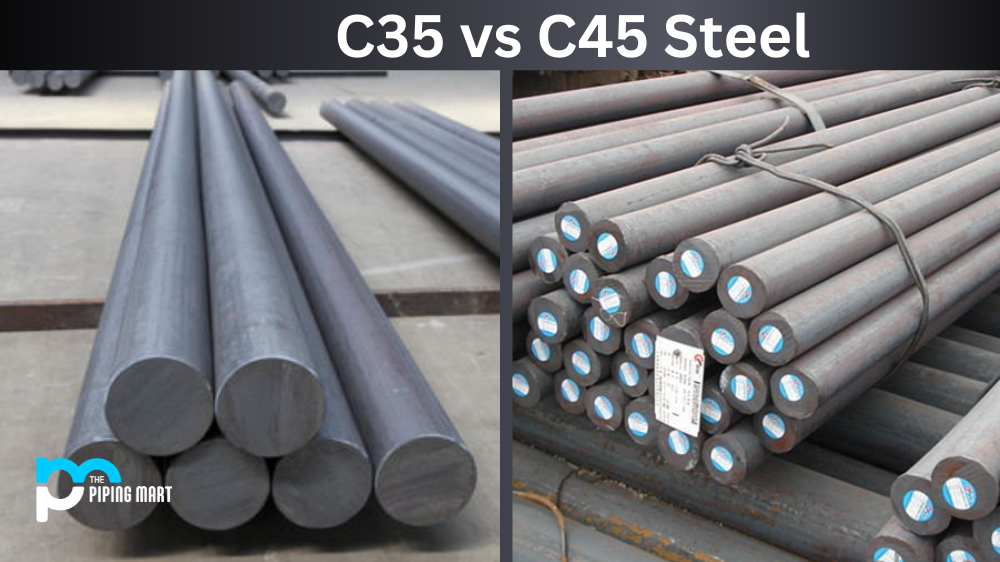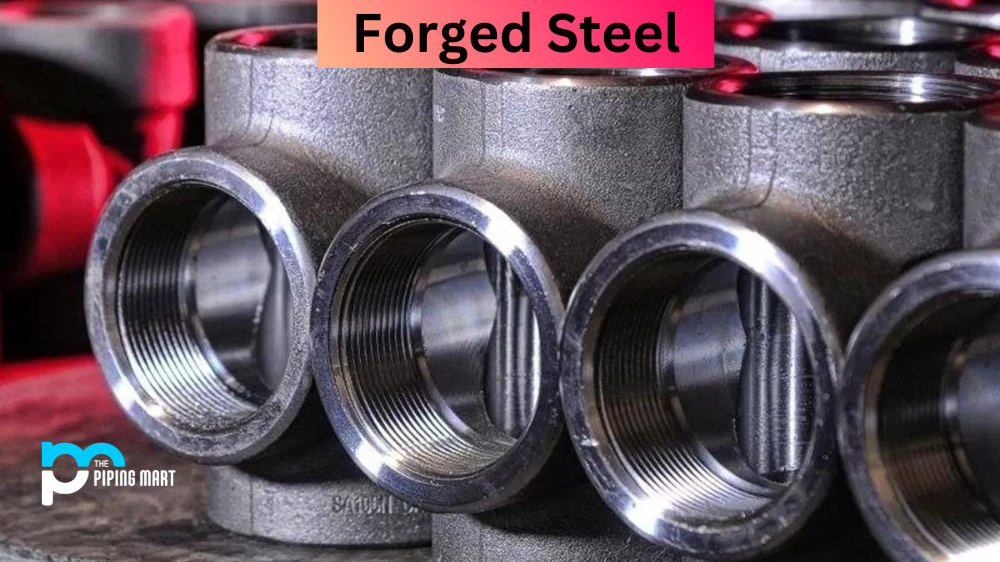Aluminum is widely used in various construction, transportation, and electronics industries. Its lightweight strength and corrosion resistance make it popular for many applications. Despite its superior rust resistance, aluminium can still corrode due to factors beyond our control. Corrosion can appear in many forms, such as oxidation, pitting, or galvanic corrosion. But how can we protect aluminum from all of these? This blog will delve into aluminium protection and why it’s essential to guard against corrosion.
Understanding Aluminum Corrosion
Before we dive into aluminium protection methods, it’s essential to have a basic understanding of aluminum corrosion. Unlike rust on iron or steel, corrosion on aluminium happens when the metal interacts with its environment. This reaction causes the aluminum to form a layer of aluminium oxide that can ultimately destroy the metal. Corrosion can be exacerbated by various factors such as temperatures, humidity, exposure to salt and other harmful chemicals. Knowing the enemy is the first step in protecting against it.
Protective Coatings
One of the most effective ways to guard against corrosion is by applying protective coatings on aluminum surfaces. These coatings are a barrier between the metal and its environment, preventing moisture, salt, and other chemicals from reaching the aluminium. There are various types of protective coatings, such as powder coating, anodizing, and paints. Powder coating is a popular choice as it provides a durable, eco-friendly finish that is resistant to chipping and fading. On the other hand, anodizing involves an electrochemical process that increases the thickness of the aluminum oxide layer, making it more corrosion-resistant.
Sacrificial Anodes
Galvanic corrosion happens when two different metals come into contact, causing a reaction that corrodes the weaker metal. Sacrificial anodes work by adding a more reactive metal to the aluminium, which will corrode instead of the aluminum. The anode material typically used is zinc, a more reactive metal than aluminium. By attaching a zinc anode to the aluminum structure, the zinc will corrode, protecting the aluminium from corrosion.
Surface Preparation
Ensuring that the aluminum surface is adequately prepared before applying any protective coatings is crucial to ensure their effectiveness. Surface preparation involves cleaning, sanding, and degreasing the aluminium before coating application. This step is essential to ensure the protective coating adheres correctly to the aluminum surface and provides maximum protection. Please prepare the aluminium surface adequately to avoid premature corrosion and reduce the coating lifespan.
Regular Maintenance
While applying protective coatings or sacrificing anodes can provide excellent corrosion protection for aluminum structures, maintenance is still essential to extend the metal’s lifespan. Regular maintenance involves monitoring the aluminium for signs of corrosion, such as pitting or discolouration. Keeping the aluminum clean by removing dirt, salt buildup and other contaminants is essential in preventing corrosion. For marine applications, anodes should be replaced regularly to ensure maximum protection.
Conclusion:
In conclusion, aluminium is vulnerable to corrosion despite its excellent corrosion resistance. Various methods protect the metal against corrosion, such as protective coatings, sacrificial anodes, and regular maintenance. Understanding aluminum corrosion and being aware of the environmental factors that contribute to corrosion is crucial in protecting against it. Whether it’s a marine application or a construction project, applying the right protection can extend the life of aluminium structures.
Sakshee is a talented blogger, with a particular focus on the Business and Metal Industry. She is passionate about sharing her insights on various metal products and helping professionals to make a better decisions.




